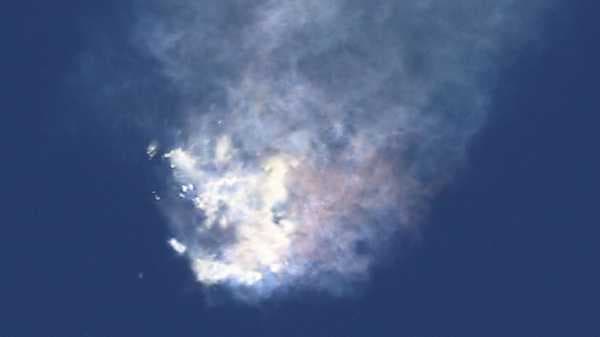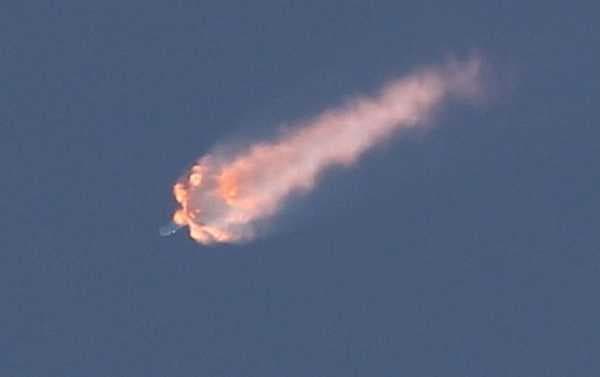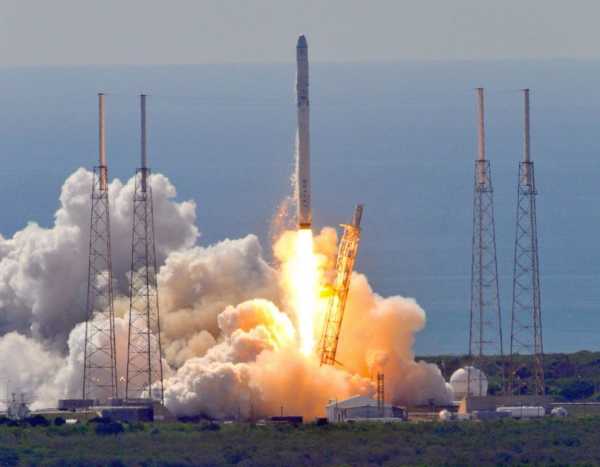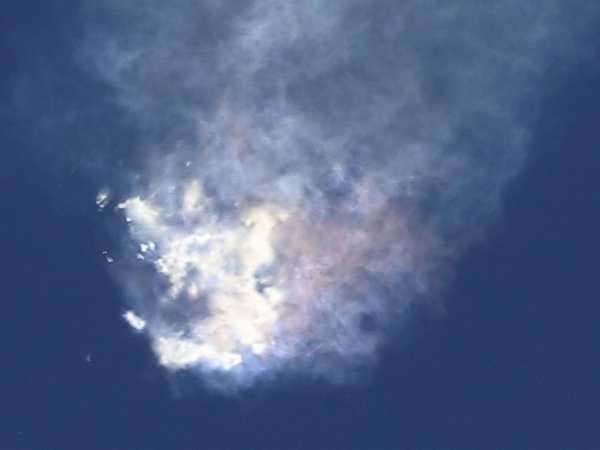
“SpaceX chose to use an industrial grade (as opposed to aerospace grade) 17-4 PH SS (precipitation-hardening stainless steel) cast part (the ‘Rod End’) in a critical load path under cryogenic conditions and strenuous flight environments,” NASA said in its report.

Red Huber/Orlando Sentinel/TNS via Getty ImagesA SpaceX Falcon 9 rocket breaks apart, June 28, 2015, after being launched from Launch Complex 40 at the Cape Canaveral Air Force Station in Florida.
SpaceX: Faulty Strut Caused Rocket Explosion
SpaceX: What Its Failure Means For Astronauts at the International Space Station
SpaceX Rocket Explosion Destroys Students’ Science Experiment
NASA also concluded the steel strut was implemented without sufficient testing.
“The implementation was done without adequate screening or testing of the industrial grade part, without regard to the manufacturer’s recommendations for a 4:1 factor of safety when using their industrial grade part in an application, and without proper modeling or adequate load testing of the part under predicted flight conditions,” the report said.

Bruce Weaver/AFP/Getty ImagesSpace X’s Falcon 9 rocket as it lifts off from space launch complex 40 at Cape Canaveral, Florida June 28, 2015 with a Dragon CRS7 spacecraft. The unmanned SpaceX Falcon 9 rocket exploded minutes after liftoff.
The steel strut was made to handle about 10,000 pounds of force, and failed at just 2,000 pounds of force during the launch, SpaceX CEO Elon Musk said after the explosion.
SpaceX said it no longer uses these struts but noted that the part had been certified “to withstand well beyond the expected loads.”
The company also said it audits the hardware on its vehicles to ensure the parts hold up to their certification.

Red Huber/Orlando Sentinel/TNS via Getty ImagesA SpaceX Falcon 9 rocket on its seventh official commercial resupply mission to the orbiting International Space Station breaks apart, June 28, 2015, minutes after being launched from the Cape Canaveral Air Force Station in Florida.
A SpaceX spokesman responded to the NASA report in a statement, telling ABC News that “NASA Launch Services Program’s independent review came to the same conclusion as SpaceX – that all credible causes for the anomaly were corrected or mitigated by SpaceX before the company returned to flight.”
“We appreciate NASA’s insight and continued partnership, and we look forward to next month’s launch of a flight-proven Dragon for the company’s fourteenth resupply mission to the International Space Station (CRS-14) as well as the launch of the Transiting Exoplanet Survey Satellite (TESS) for NASA,” the spokesman said.
SpaceX has completed 30 Falcon 9 missions, including six resupply missions to the International Space Station for NASA, since the June 2015 explosion. A satellite launched by SpaceX, that was carrying a payload code-named Zuma, plummeted into the Indian Ocean in January. The defense contractor that manufactured the satellite’s payload told ABC News at the time that the mission was classified and declined to comment on the loss of the satellite.
Sourse: abcnews.go.com






